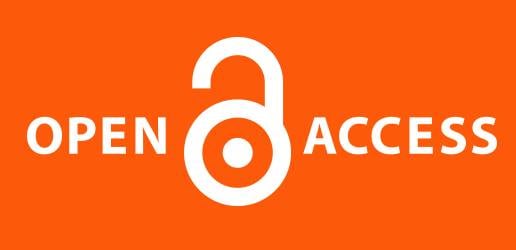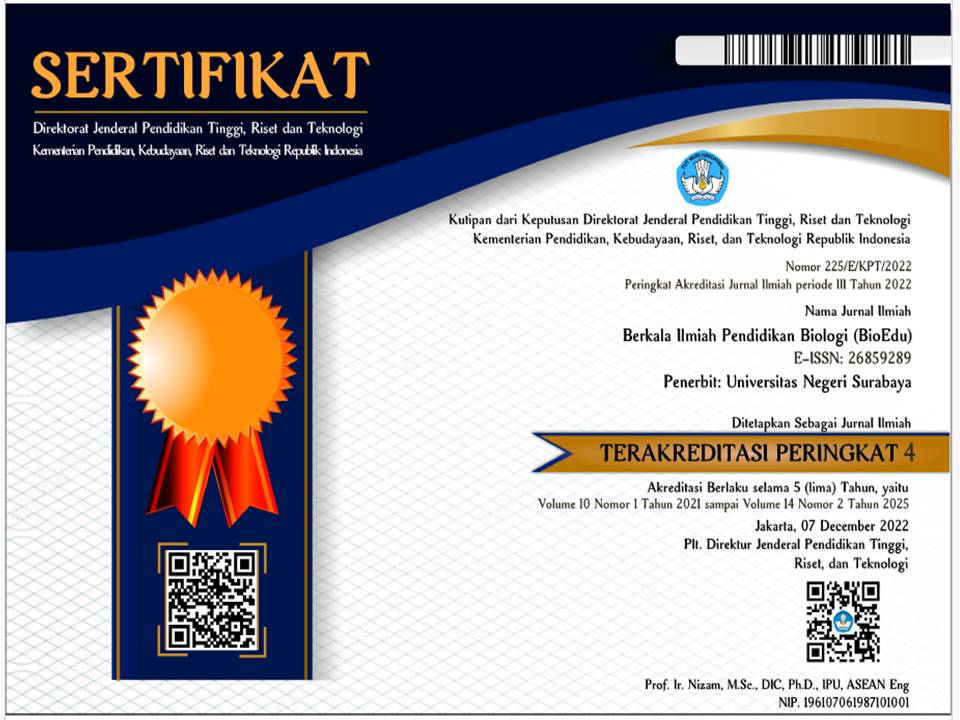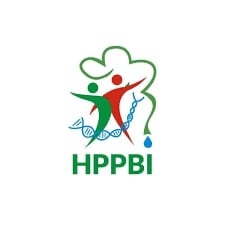Development E-Book of Flipbook Type on Environmental Change Material to Train Science Literacy Grade X High School
DOI:
https://doi.org/10.26740/bioedu.v9n3.p553-559Abstract
E-book type flipbook is an excellent learning media to be used as teaching material because the design displayed can attract the attention of students. This e-book type of flipbook also helps students to learn biology, especially the subject of changes in class x high school environment. This study aims to develop a flipbook type E-book on environmental change material as a biological learning material that has been tested theoretically and empirically. Theoretical feasibility uses validation attachments which are assessed from the validator of the material expert and the scientific literacy expert. This e-book type of flipbook refers to the scientific literacy indicator from the 2009 version of the Pisa which has 3 points namely a) explaining the phenomenon scientifically b) identifying scientific issues c) interpreting data and evidence scientifically. While empirical eligibility is assessed from the readability test and response questionnaire. This research method uses the concept of Hannafin and Peck. Hannafin and Peck's concept uses the stages of analysis, design, development, and implementation. The analysis and design phase is carried out July-December 2019 at SMA Muhammadiyah 4 Surabaya and the Biology Department, FMIPA UNESA. The implementation phase was carried out on April 24, 2020, with the trial of 20 grade X students of SMA Muhammadiyah 4 Surabaya. The research instrument used a Likert scale for the validation sheet, Fry chart for the readability test sheet, Guttman Scale for the student response questionnaire test sheet. The data obtained were analyzed with quantitative descriptions. The results of this study indicate that the flipbook type e-book on environmental change material is theoretically feasible based on the validity sheet assessed from the material expert validator and the scientific literacy expert. The validity results showed an average of 88.27% of the very feasible categories. Besides that, the empirical feasibility test uses a readability test and student questionnaire responses. In the readability test results using the fry graphic shows, all the subchapters entered in level 10 categories. Then in the results of the questionnaire test the students' responses in the Guttman scale test showed an average of 93% of the excellent category
Keywords : e-book, environment change, science literacy
Downloads
 Abstract views: 318
,
Abstract views: 318
, PDF Downloads: 8908
PDF Downloads: 8908













